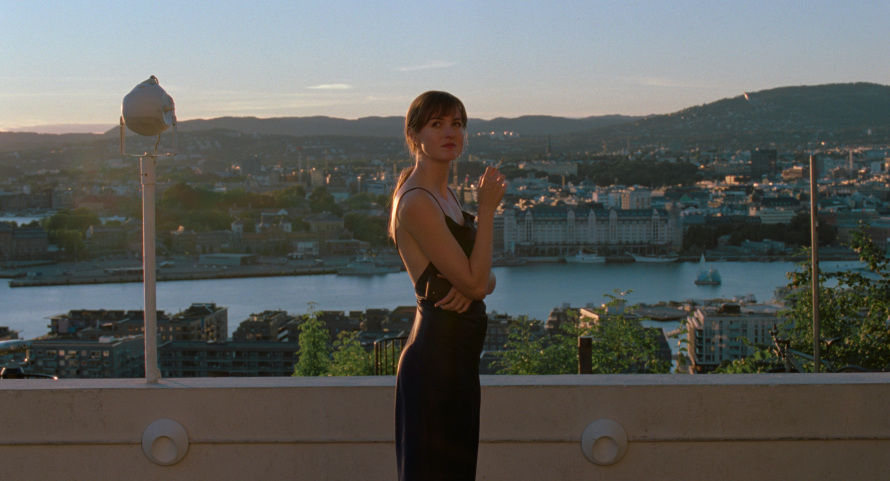You can tell a lot about a filmmaker by how they handle the inevitable encroachment of cliché. Do they run from it, relentlessly paring away anything that verges on the predictable? Do they embrace it and produce work that is cheerfully mediocre? Or do they find ways to reinvent the familiar rhythms, thread meaning beneath the surface of an easy joke and come out the other end with a film that breathes on its own?
Here's one cliché of genre you barely see anymore: the laugh-and-cry-in-90-minutes rom-com. I can’t remember the last time I laughed and cried during a movie, or, frankly, the last time I would have wanted to. I did both while watching Joachim Trier’s The Worst Person in the World. This is a movie that takes big emotional swings of the type that can feel cheap and manipulative in the hands of a less compelling cast and crew. But through some alchemy of Trier’s direction, his and Eskil Vogt’s script, Kasper Tuxen’s cinematography and the remarkable lead performance given by Renate Reinsve—to say nothing of Anders Danielsen Lie, who is sensational in a supporting role—the film becomes something not just competent but actually sublime.

Focused on the personal, sexual and romantic coming-of-age of Julie (Reinsve), an aimless 30-year-old living in Oslo, The Worst Person in the World traffics in the familiar: it’s a millennial fuck-up dramedy with a dash of the classical Hollywood weepy woman’s film. Julie, with vague artistic ambitions and an inability to commit to a “career” as such, flits between an older boyfriend, a successful comic book artist named Aksel (Lie) and a new love interest: an affable barista named Eivind (Herbert Nordrum). She feels empty and is looking for something—or someone—to fill her up. Within this well-trod territory, clichés pile up: of feminism (Julie at one point writes an essay called “Oral sex in the age of #MeToo,” suggesting the film is spiritually, if not actually, set in 2017); of visual media (a trippy hallucinogens sequence and another scene where the whole world freezes to dramatize the start of a new relationship); of melodrama (sudden, inoperable cancer). But what makes the film work is the playfulness with which it innovates on them.

Take the hallucination scene. Julie and her new boyfriend, Eivind, are hosting a small gathering when a guest discovers Eivind’s stash of magic mushrooms. Like dream sequences and fanciful illustrations of something a character has written, hallucination scenes are both ubiquitous and hard to do well: they mean nothing because they can mean everything. But this one manages to surprise. Julie sees her body transformed into that of an older, fatter woman, and kneads at the flesh not with fear or disgust but honest wonder. The shot is stunning. When she visualizes removing her tampon, throwing it at her absent father and streaking blood under her eyes like warpaint, it’s such outdated feminist imagery that I almost rolled my eyes. But when the hallucination ends and we see she’s actually done the last part, the surprise is Eivind, who gently asks if she’d like to take a shower. Julie, touching her cheek, matter-of-factly agrees.

Reinsve has such magnetic presence as Julie that one could attribute the film’s success entirely to her performance. She is above all honest, bringing depth and warmth to a tricky character. There’s an instability to Julie that some critics have read as a flaw in the writing. It’s true that Julie lacks a center. But, in Reinsve’s hands, she doesn’t feel two-dimensional: she’s recognizable as a kind of woman I’ve met and sometimes been. Not to be crude, but boy-crazy dilettantes with creative aspirations they don’t work that hard at are a dime a dozen in major cities, and it is not an artistic failure to depict one as having a rich, if misdirected, inner life.
The Worst Person in the World succeeds on its own terms, as a careening anti-rom-com about a character oriented entirely towards a perpetual state of searching. It’s this restlessness at the center of the film that makes it so fresh, even working firmly from a bed of familiar tropes.






 in your life?
in your life?

